The term ‘Instructional Casualty’ was coined by Dr G. Reid Lyon and we hear it a lot when talking or reading about reading difficulties in children. I thought it might be helpful to outline what that term means and how it is relevant to the teaching of reading in Australia today.
Dr Reid Lyon suggests that there are a small percentage of students who have dyslexia or specific learning difficulties with reading, so what about the remaining 90-95%. Who are they and who are they not included in that number?
In writing this, I want to point out that the vast majority of teachers go into the education system wanting to do the ‘right thing’ by their students. They want to teach them well and make a difference in their lives. Having said that however, it is clear that something is going wrong in some classrooms with reading, as Australia is falling further behind other English-speaking nations when it comes to literacy according to The OECD Programme for International Student Assessment (PISA).
The Commonwealth Government established a national inquiry into the teaching of reading in 2004 – that’s right, 17 years ago! That report stated that “There is now a strong body of scientific evidence that children are greatly assisted in learning to become proficient readers if their reading tuition is grounded in direct, explicit and systematic phonics instruction”. The report also found that most schools were not providing this type of reading instruction due to a lack of teacher training and the overwhelming use of ‘whole language’ literacy instruction.
The use of programs that are ‘whole language’ or ‘balanced literacy’ approaches encourage students to guess at words using the ‘three cueing’ system. They are taught to guess at words using the first letter of the word, look at the pictures in the book to determine what the word might be, or read on an come back to see if they can work out the word in context. Some students learn to read very well this way. These are the students that would have learnt to read easily no matter which method was used. These students are in the minority. Nancy Young estimates that around 40% of the student population could learn to read with broad instruction. You can find her reading ladder here: https://dyslexiaida.org/ladder-of-reading-infographic-structured-literacy-helps-all-students/
So, what happens to the remaining 60% of students? These students need code-based explicit, systematic, sequential and diagnostic instruction. Around 10% of these students may be classified as having a Specific Learning Difficulty, or dyslexia. The remainder are what we might call ‘Instructional Casualties’. They are struggling with reading because they have not had access to a direct, explicit and systematic phonics approach to learn to read that research has shown us actually works for all students. They do not have a diagnosed learning difficulty – they just didn’t get it the way it was taught. Once these students have had access to learning to read in an explicit, systematic way based on the Science of Reading, reading will start to make sense and their reading will improve.
Some States and Territories are slowly embracing the recommendations of the national inquiry. Some have introduced Year 1 Phonics Screening Checks to try and ‘pick up’ those students who have gaps in their knowledge. Some schools have wholly embraced a direct, explicit, systematic phonics-based approach. I will be very interested to see the results from these schools in the coming years.
In the meantime, we need to ensure that the number of instructional casualties reduces dramatically. How do we do this? By ensuring every primary school includes direct, explicit and systematic phonics instruction as part of an integrated reading program. We need to ensure this approach is included in the training of student teachers and all current teachers are sufficiently trained in the necessary teaching methods. Teachers are doing the best job they know how. Let’s make sure they have the necessary training to reform the teaching of reading in all Australian schools in line with what research and evidence show us works.

